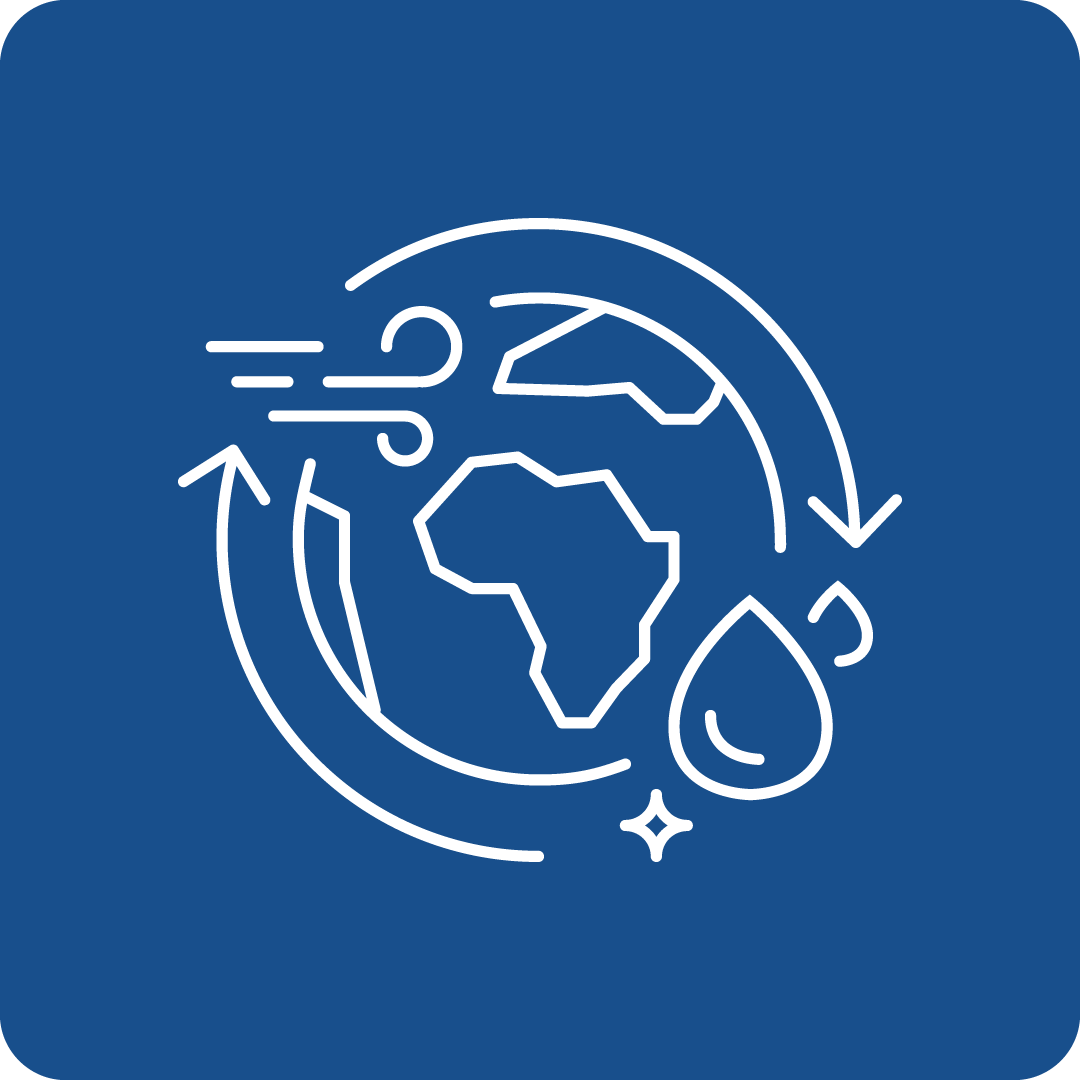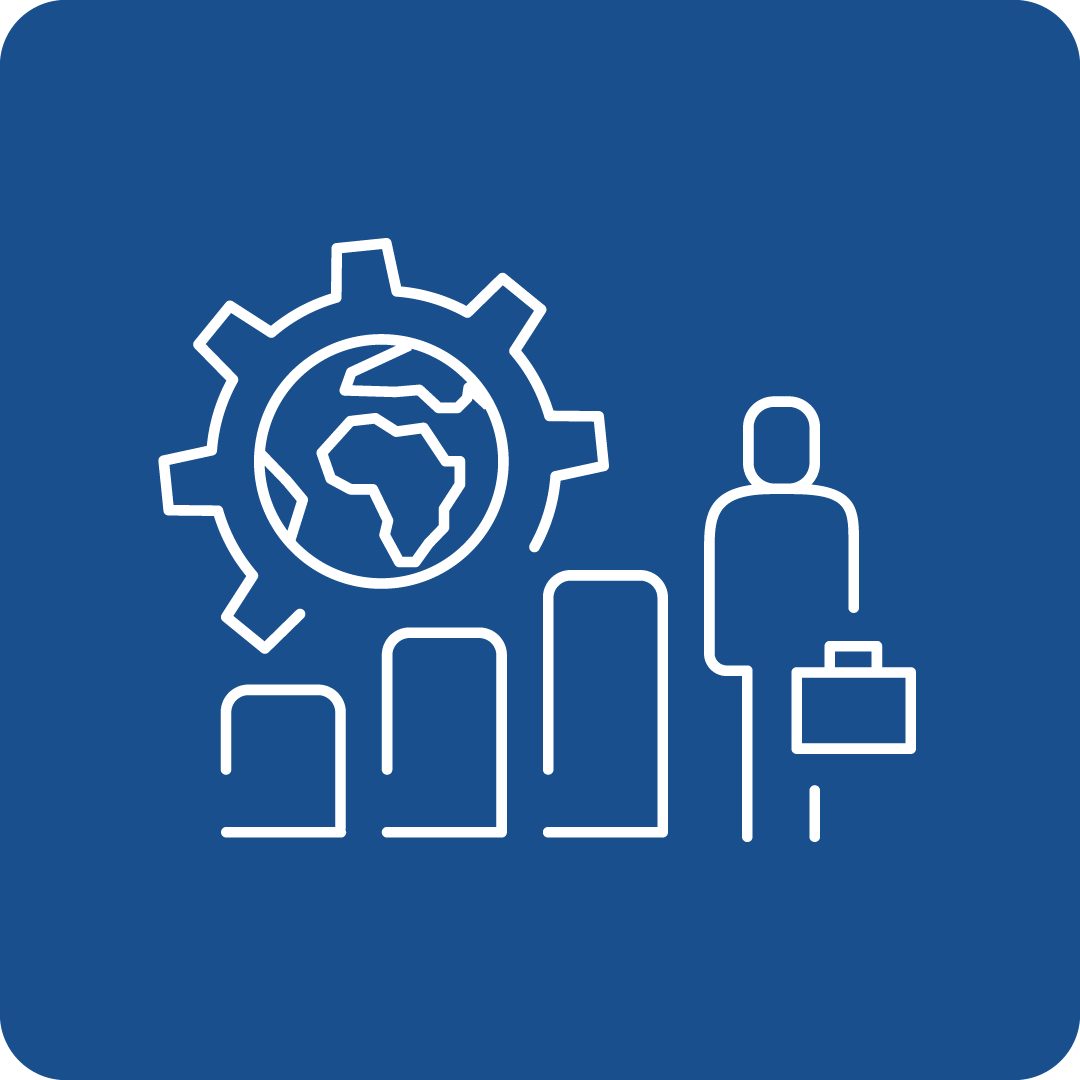Filter Search for grants
Call Navigation
Deadline expired
The deadline for this call has expired.
Call key data
Smart sensors for the Electronic Appliances market
Funding Program
Horizon Europe: Cluster 4 - Digital, Industry and Space
Call number
HORIZON-CL4-2023-RESILIENCE-01-33
deadlines
Opening
08.12.2022
Deadline
07.03.2023 17:00
Funding rate
100%
Call budget
€ 31,000,000.00
Estimated EU contribution per project
between € 6,000,000.00 and € 8,000,000.00
Link to the call
Link to the submission
Call content
short description
This topic refers to the innovation market for electronics appliances, in support of citizens and their various needs (be it in health care, home &personal care, food or textiles).
Call objectives
Several materials specifications and related innovations needs will support this topic such as renewable and recyclable materials, alternative active ingredients and design for circularity. The topic should address several key policies of the European Union such as the Circular Economy Action Plan, the Zero Pollution Action Plan, the EU Chemicals Strategy, the EU Strategy for sustainable textiles.
Sensors are a key technology for electronic appliances serving our society. From manufacturing, improving living conditions, and reducing consumption of energy and precious natural resources, even detecting threats, all rely on the availability of high-quality localized information.
Smart systems and ubiquitous connectivity create opportunities for new applications in smart living, environmental protection, and supply chains. These applications will be made possible through improved sensing technologies, which capture the relevant information. Core properties to enable a wide adoption are miniature size, low power consumption, resilience to varying ambient conditions, low cost, and compatibility with mass production.
To avoid misuse of the captured personal data (e.g. medical), novel concepts of identification of the data originator/provider and data possession are needed. This could include biometric identification mechanisms as well as other fast and secure identification mechanisms, which is GDPR conform and with protected authorisation mechanisms.
The desired information is often chemical or biochemical. Miniaturization of established analytical methods and development of new materials compatible with established production processes require an integrated multidisciplinary approach.
Proposals should address at least four of the following activities:
- Biosensors and chemical sensors can be applied to detect and monitor analytes or pathogens in the environment, in healthcare settings, and in food industries in an efficient and timely manner. Fast scanning and sensor-based devices that can be deployed at a large scale could augment or replace traditional methods of measurement and quality control.
- Advanced biological or biomimetic sensing elements for the measurement of biomarkers allow for new compact analytical devices or be integrated in personal devices such as smart phones, smart watches, and body sensors.
- New sensor materials with properties such as stretchability, self-healing and self-cleaning for the use in wearable electronics and smart textiles enable next-generation devices for the health and sports sector.
- To enable a fast development of new advanced materials, digital tools such as modelling, simulation and characterisation techniques (including those provided by analytical infrastructures) are under the scope, assisted by advanced methods, e.g. physics-based methods, machine learning or artificial intelligence.
- Connected smart sensors allow for new data analysis concepts. Algorithms may be adapted throughout the lifetime of the deployed devices, improving their functionality through data-fusion with additional data sources, adaptation to new requirements or enabling of big-data scenarios.
- Digitalisation technologies for PoC (Point-of-Care), PoN (Point-of-Need), home, and in-vivo/in-vitro diagnostics (e.g. sensors, sensor-arrays, sustainable system integration incl. microfluidics; machine learning approaches).
Materials and products should be developed under Safe and Sustainable by Design framework taking into account circularity aspects.
Proposals submitted under this topic should include a business case and exploitation strategy, as outlined in the introduction to this Destination.
This topic requires the effective contribution of SSH disciplines and the involvement of SSH experts, institutions as well as the inclusion of relevant SSH expertise, to produce meaningful and significant effects enhancing the societal impact of the related research activities. An early involvement of end users could be essential.
Projects should build on or seek collaboration with existing projects and develop synergies with other relevant European, national or regional initiatives, funding programmes and platforms.
read more
Expected results
- The Innovation market for Electronics Appliances is very broad and fast developing with a range to monitor human and environmental factors, which require to develop materials for a new generation of fast and smart sensors devices.
- Smart sensor technology can support self-monitoring in fitness and well-being, decentral personal health monitoring, environmental monitoring, as well as cooling and thermal distribution and supply chain management.
- Sensor devices must be small, and durable to deploy at various locations and withstand the ambient conditions of the targeted application.
- Advanced materials are needed to allow the capturing of chemical and bio-chemical signals with extended lifetime or extreme low cost for disposable sensors.
- Smart concepts and tools for evolving data analysis that embed a deep understanding of the sensor properties enable new business models for distributed, connected sensors
Eligibility Criteria
Regions / countries for funding
Moldova (Moldova), Albania (Shqipëria), Armenia (Հայաստան), Bosnia and Herzegovina (Bosna i Hercegovina / Босна и Херцеговина), Faeroes (Føroyar / Færøerne), Georgia (საქართველო), Iceland (Ísland), Israel (ישראל / إِسْرَائِيل), Kosovo (Kosova/Kosovë / Косово), Montenegro (Црна Гора), Morocco (المغرب), North Macedonia (Северна Македонија), Norway (Norge), Serbia (Srbija/Сpбија), Tunisia (تونس /Tūnis), Türkiye, Ukraine (Україна), United Kingdom
eligible entities
EU Body, Education and training institution, International organization, Non-Profit Organisation (NPO) / Non-Governmental Organisation (NGO), Other, Private institution, incl. private company (private for profit), Public Body (national, regional and local; incl. EGTCs), Research Institution incl. University, Small and medium-sized enterprise (SME)
Mandatory partnership
Yes
Project Partnership
To be eligible for funding, applicants must be established in one of the following countries:
- the Member States of the European Union, including their outermost regions
- the Overseas Countries and Territories (OCTs) linked to the Member States
- third countries associated to Horizon Europe - see list of particpating countries
Only legal entities forming a consortium are eligible to participate in actions provided that the consortium includes, as beneficiaries, three legal entities independent from each other and each established in a different country as follows:
- at least one independent legal entity established in a Member State; and
- at least two other independent legal entities, each established in different Member States or Associated Countries.
Any legal entity, regardless of its place of establishment, including legal entities from non-associated third countries or international organisations (including international European research organisations) is eligible to participate (whether it is eligible for funding or not), provided that the conditions laid down in the Horizon Europe Regulation have been met, along with any other conditions laid down in the specific call topic.
A ‘legal entity’ means any natural or legal person created and recognised as such under national law, EU law or international law, which has legal personality and which may, acting in its own name, exercise rights and be subject to obligations, or an entity without legal personality.
Specific cases:
- Affiliated entities — Affiliated entities (i.e. entities with a legal or capital link to a beneficiary which participate in the action with similar rights and obligations to the beneficiaries, but which do not sign the grant agreement and therefore do not become beneficiaries themselves) are allowed, if they are eligible for participation and funding.
- Associated partners — Associated partners (i.e. entities which participate in the action without signing the grant agreement, and without the right to charge costs or claim contributions) are allowed, subject to any conditions regarding associated partners set out in the specific call conditions.
- Entities without legal personality — Entities which do not have legal personality under their national law may exceptionally participate, provided that their representatives have the capacity to undertake legal obligations on their behalf, and offer guarantees to protect the EU’s financial interests equivalent to those offered by legal persons.
- EU bodies — Legal entities created under EU law including decentralised agencies may be part of the consortium, unless provided for otherwise in their basic act.
- Joint Research Centre (‘JRC’)— Where provided for in the specific call conditions, applicants may include in their proposals the possible contribution of the JRC but the JRC will not participate in the preparation and submission of the proposal. Applicants will indicate the contribution that the JRC could bring to the project based on the scope of the topic text. After the evaluation process, the JRC and the consortium selected for funding may come to an agreement on the specific terms of the participation of the JRC. If an agreement is found, the JRC may accede to the grant agreement as beneficiary requesting zero funding or participate as an associated partner, and would accede to the consortium as a member.
- Associations and interest groupings — Entities composed of members (e.g. European research infrastructure consortia (ERICs)) may participate as ‘sole beneficiaries’ or ‘beneficiaries without legal personality’. However, if the action is in practice implemented by the individual members, those members should also participate (either as beneficiaries or as affiliated entities, otherwise their costs will NOT be eligible
other eligibility criteria
Activities are expected to start at TRL 3-4 and achieve TRL 5-6 by the end of the project.
For the Technology Readiness Level (TRL), the following definitions apply:
- TRL 1 — Basic principles observed
- TRL 2 — Technology concept formulated
- TRL 3 — Experimental proof of concept
- TRL 4 — Technology validated in a lab
- TRL 5 — Technology validated in a relevant environment (industrially relevant environment in the case of key enabling technologies)
- TRL 6 — Technology demonstrated in a relevant environment (industrially relevant environment in the case of key enabling technologies)
- TRL 7 — System prototype demonstration in an operational environment
- TRL 8 — System complete and qualified
- TRL 9 — Actual system proven in an operational environment (competitive manufacturing in the case of key enabling technologies, or in space)
Additional information
Topics
Relevance for EU Macro-Region
EUSAIR - EU Strategy for the Adriatic and Ionian Region, EUSALP - EU Strategy for the Alpine Space, EUSBSR - EU Strategy for the Baltic Sea Region, EUSDR - EU Strategy for the Danube Region
UN Sustainable Development Goals (UN-SDGs)
Additional Information
All proposals must be submitted electronically via the Funders & Tenders Portal electronic submission system (accessible via the topic page in the Search Funding & Tenders section). Paper submissions are NOT possible.
Proposals must be complete and contain all parts and mandatory annexes and supporting documents, e.g. plan for the exploitation and dissemination of the results including communication activities, etc.
The application form will have two parts:
- Part A (to be filled in directly online) contains administrative information about the applicant organisations (future coordinator and beneficiaries and affiliated entities), the summarised budget for the proposal and call-specific questions;
- Part B (to be downloaded from the Portal submission system, completed and then assembled and re-uploaded as a PDF in the system) contains the technical description of the project.
Annexes and supporting documents will be directly available in the submission system and must be uploaded as PDF files (or other formats allowed by the system).
This call follows a two-stage approach.
This topic is part of the blind evaluation pilot under which first stage proposals will be evaluated blindly. Applicants submitting a proposal under the blind evaluation pilot must not disclose their organisation names, acronyms, logos nor names of personnel in Part B of their first-stage application.
The limit for a first-stage application is 10 pages. The limit for a full application (Part B) is 50 pages. In order to include a business case and exploitation strategy, the page limit in part B of the General Annexes is exceptionally extended by 3 pages.
Eligible costs will take the form of a lump sum.
Contact
To see more information about this call, you can register for free here
or log in with an existing account.
Log in
Register now

